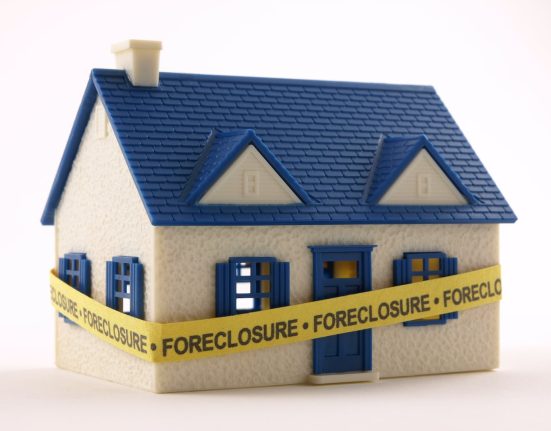BlackRock Chief Executive Officer Larry Fink is proposing a new tweak to an age-old investing formula.
Instead of a traditional 60/40 split between stocks and bonds, the prominent asset manager wants everyday investors to branch out and diversify into private market assets.
“The future standard portfolio may look more like 50/30/20 — stocks, bonds, and private assets like real estate, infrastructure, and private credit,” Fink wrote in his annual letter to clients this week.
The 60/40 portfolio invests 60% of your balance in stocks and 40% in bonds. For years it has been the benchmark for many investment and retirement portfolios.
The exact asset mix depends on a variety of factors, such as your time horizon, risk tolerance, and financial goals. And it’s designed for the long haul. You’re not tapping into it to cover your expenses for next year.
The 60/40 portfolio has been a wildly popular ratio because it evens the teeter-totter between your risky investments and your safe investments, resulting in a portfolio with a moderate level of risk that most of us can roll with through good times and bad.
While the past few years of sweet market gains have made that blend pay off in spades, so far this year, we have been soundly reminded: Markets can and certainly do go south.
The success of the 60/40 is being tested by inflation, market uncertainty and volatility, and a “whack-a-mole” array of fiscal, trade, and policy changes.
Fink’s new hypothesis: Creating an investment portfolio that can ride out the swings may require alternatives to traditional stock and bond allocations.
“Generations of investors have done well following this (the 60/40) approach,” he wrote. “But as the global financial system continues to evolve, the classic 60/40 portfolio may no longer fully represent true diversification.”
Read more: How does the traditional 50/30/20 budget rule work?
The appeal of a new asset allocation model from Fink’s lofty global vantage point: “While these private assets may carry greater risk, they also provide great benefits,” Fink wrote.
For example: The revenue that infrastructure generates — such as tolls and utility payments — typically rises along with inflation. Unlike public markets, infrastructure returns tend to be far less volatile. And historically, even allocating just 10% of a portfolio to infrastructure boosts overall returns.
“But the challenge is this: The industry isn’t structured for a 50/30/20 world,” he wrote.
That’s because to invest in many of these types of private funds, investors must pony up a hefty minimum investment, say, $50,000. Moreover, investors typically must have an annual income of at least $200,000 (or $300,000 joint income) for the two previous years, as well as the expectation that income will reach the same level in the current year, according to an analysis by Amy Arnott, a portfolio strategist for Morningstar. “Investors can also be considered accredited investors if they have a net worth (either individually or with a spouse) of up to $5 million.”







